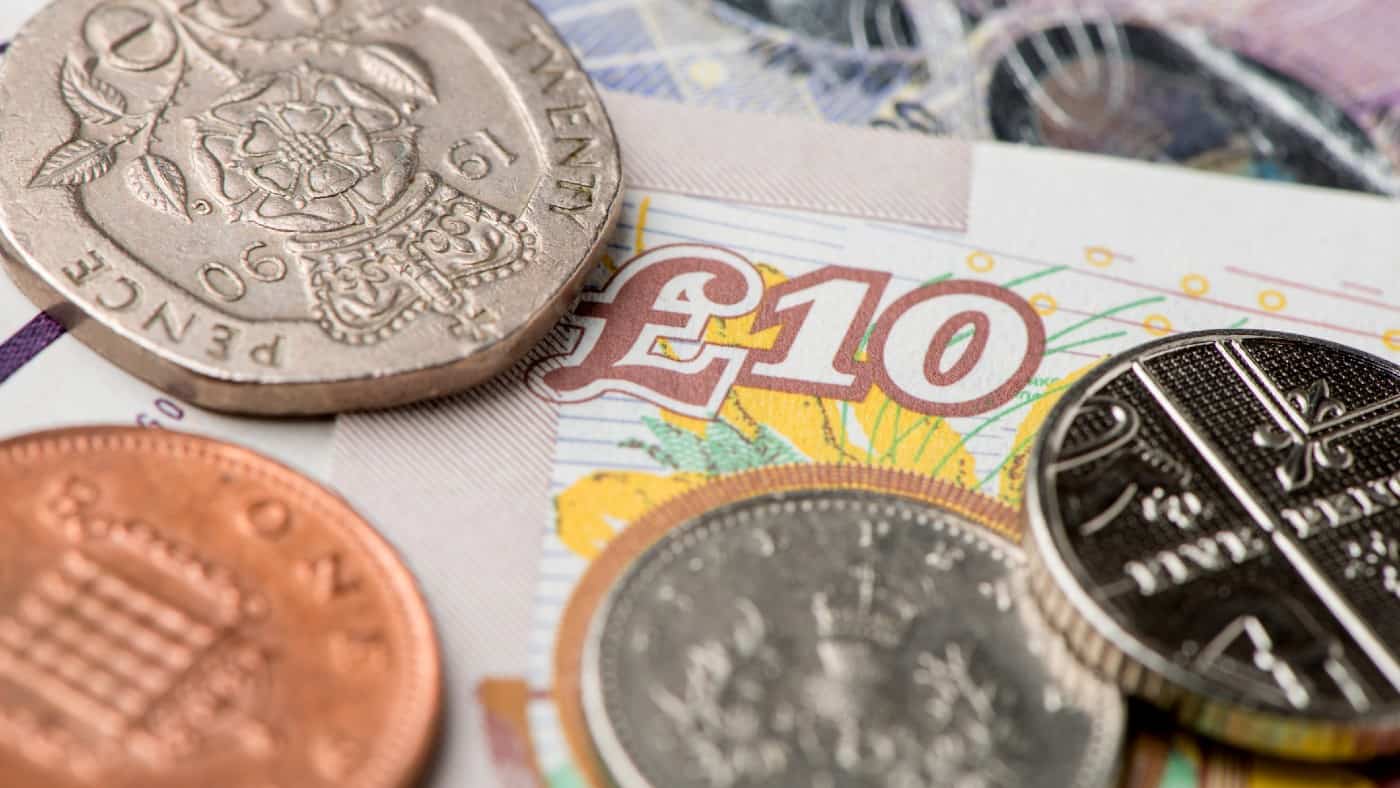I believe buying stocks and shares is one of the most straightforward ways to generate a passive income.
Unlike other passive income strategies, anyone can follow this approach. Most platforms will allow investments from as little as £25 a month.
This is the approach I’ve been using to generate an income for several years. Today, I’ll explain the strategy I’d use to generate £1,000 a month in passive income from dividend investments.
Dividend investments
In my opinion, there are three types of dividend investments to buy. Investors can buy high-yield stocks, such as Imperial Brands, which currently offers a dividend yield of 9.2%. They can also purchase shares in companies that offer modest yields, but have room to grow the payouts in the years ahead.
An excellent example of these types of stocks is Hikma. At the time of writing, shares in this company offer a dividend yield of 1.5%. The payout is covered 3.6 times by earnings per share and, over the past five years as the group’s profit has risen more than 80%, management has hiked the distribution by 60%.
The final type of dividend investment that can be bought for a passive income is an investment fund. There’s a wide range to choose from on the market, and one of the most popular for income investors is the iShares UK Dividend UCITS ETF. This tracks the performance of an index composed of 50 stocks with leading dividend yields from UK-listed companies. It currently supports a dividend yield of 4.6%.
All of these income investments come with different benefits and drawbacks. When buying individual stocks, there’s always going to be a risk the company will eliminate its distribution. Meanwhile, using funds means investors have to place a lot of trust in their management and pay management fees. These fees can hold back returns.
Passive income portfolio
Considering these different benefits and drawbacks, I have always favoured a mixed approach. I own a small number of stocks with high dividend yields, which includes British American Tobacco. I also own several stocks with relatively low payout ratios. Diageo is one of the companies I own in this bucket.
And finally, I own a selection of income funds. I prefer investment trusts rather than ETFs, and one of the trusts I own is Securities Trust of Scotland.
Using this approach, I think I can generate a higher yield on my portfolio than the market average. I’m targeting an annual yield of around 4%, although the exact figure tends to fluctuate.
At this rate of return, I calculate I’ll need to build an investment portfolio worth £300,000 to generate a passive income of £1,000 a month, or £12,000 a year.
I think it could be possible to hit this target using the approach above, although this may not be suitable for other investors, as dividend income is never guaranteed.






